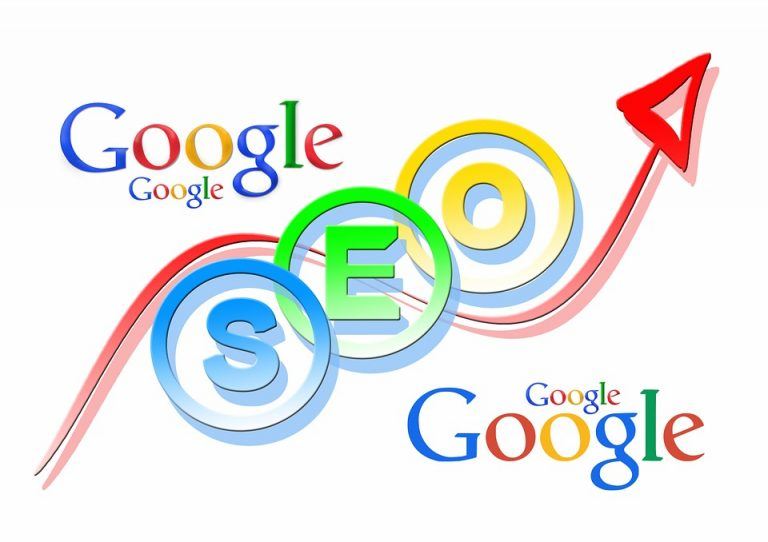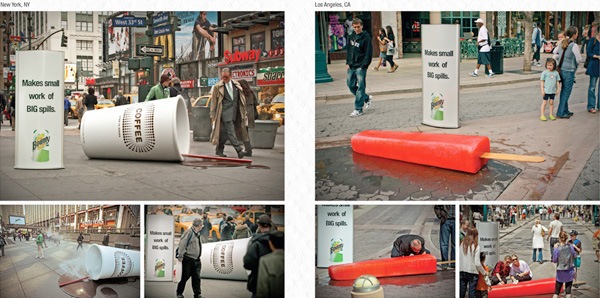Setting up a small business is no mean feat, and the trials and tribulations involved make it praiseworthy in itself. Now comes the hard part: standing out of the crowd. To put things in perspective, a report from Forbes in 2013 said that there are close to 28 million small businesses in the US, and that auto repair shops, beauty salons and dry cleaners were the fastest-growing sectors. You might have a great idea, but millions of others do too.
But it’s not all doom and gloom. You may have a lot of rivals, unless what you do is particularly niche, but there are a whole lot of potential consumers out there who may be interested in your product or service. Even better, there are so many ways to market and advertise small businesses in this day and age. Nevertheless, it isn’t always easy.
“I haven’t got the budget for that!”
“There’s not enough time in my day.”
“These methods won’t work.”
These are just a few protests you’re likely to hear from small business owners when it comes to marketing strategies. But honestly, isn’t it better to try everything you could, rather than leave things untested and perhaps regret it later? Truth be told, many of today’s marketing methods don’t actually require a lot of time, money, or effort, and some are even free.
So, are you a small business owner who wants creative marketing inspiration? Then keep reading.

Infographics
Even if you’re already using Twitter, Facebook, and Instagram, it doesn’t necessarily mean it’s helping your business. At the very least, it’s likely that you could be using social media more effectively or creatively. A good start is to always try to put yourself into a potential customer’s shoes when posting on social media. What would you find interesting, quirky, or – perhaps most importantly – shareable? When someone takes the time to share something you’ve posted, then you’ve won a small victory.
Let’s start with infographics – they’re perfect for driving engagement and communicating a clear message simultaneously. People are naturally drawn to things that are visually interesting, so experiment with shiny colors, large font, attention-grabbing pictures and words when designing your infographics. Let’s say someone has either followed you on Twitter, or simply scrolled through your profile to see what your business is about. Regardless what products you sell or services you provide, having a social media page with humorous tweets, interesting infographics, and images overlaid with information (50% off, new stock coming, etc.), will encourage much more engagement with your brand. If you don’t have much graphic design experience, you could always try a quick and easy program like Piktochart rather than starting from scratch.

Competitions

The idea of shareability also extends to fun online photo competitions. Perhaps you’re a beer or coffee business, for example. If you’re already starting to get a decent following on Instagram with engaging and enjoyable photos, then why not take it up a notch? You could propose that if someone takes a photo with your product and uses the brand as a hashtag, the best photo could win a bunch of free items. This not only gives your brand a fun and friendly image, but gets people talking and sharing too. What are a few free give-aways in comparison to far more exposure and interest from consumers?
Search engines
As we’ve already mentioned in this blog post on online marketing, achieving a good ranking on search engines might take some time, but it’s well worth the effort. The notion of simply ‘putting yourself where your customers are searching’ is a phrase that perfectly sums up the importance of search engine marketing. However, it’s fair to say that many small business owners may well be savvy salespersons, or have a knack for balance sheets and number-crunching, but search engine optimization is a different matter. This is where outsourcing comes in.
You may be used to handling everything yourself, but making use of services provided by SEO experts is a good move. For business owners without much online experience, by giving responsibility to someone else for optimizing your website, targeting keywords, and so on, you can free up time for yourself and still benefit from the advantages of SEO. Even making sure that your business is covered on all online directories (not just Yelp) can also be highly beneficial with regards to being found by a possible customer. For example, the list local tool created by 1&1 collects your business information and then distributes it among successful online directories with a wide reach.

Urban marketing
Let’s get physical. Finally, it can help to get offline once in a while and drum up some business using urban (or guerrilla) marketing methods. When done right and in a way that doesn’t inconvenience anyone, urban marketing is a fantastic and inexpensive way to advertise your company. From writing things on the sidewalk using chalk to getting creative with flyers on lampposts, there are dozens of ways you can promote yourself if you only put some effort in.
In fact, the method has been tried and tested for decades, way before any online marketing even came into the picture. The phrase ‘guerrilla marketing’ is said to have been coined by business writer Jay Conrad Levinson in 1984, who described the technique like this:
“The soul and essence of guerilla marketing [is] achieving conventional goals, such as profits and joy, with unconventional methods, such as investing energy instead of money. Guerilla marketing has been proven in action to work for small businesses around the world. It works because it’s simple to understand, easy to implement, and outrageously inexpensive. Guerilla marketing…gives small businesses a delightfully unfair advantage.”
All in all, you’re best to use (time permitting) all methods described if you want to get the most exposure to your business. But the fact remains that creative, engaging, and shareable marketing will generally always steal the hearts of those you’re trying to win over.






